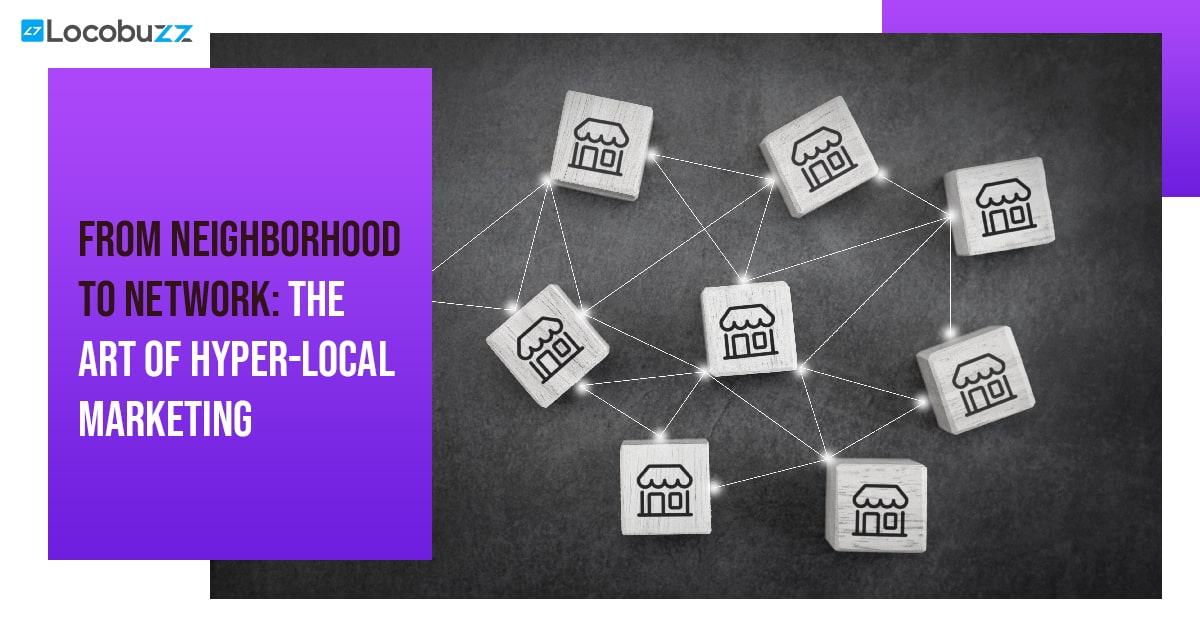Why Data Analytics Atters In The Age Of Covid-19

The usefulness of data analytics
Netflix utilized the power of streaming in the year 2007; one year before the global economic recession. Yet, at the peak of the recession in 2009, Netflix gained 3 million subscribers!
Netflix became the ideal brand because they kept alive the spirits of a large unemployed audience with unlimited streaming per month, and monthly disc-delivery service. By adjusting their pricing to fit the then-dystopian economic situation, they were noticed for excellent customer service. Today, Netflix’s foothold is over 203 million subscribers globally!
Why data analytics?
If there’s anything a crisis tells us repeatedly it’s that analytics gives brands an edge during crucial times. The plethora of data available today is enough to minimize losses during economic instability.
In 2021, analytics is meant to help brands gather, understand, and act on data. In a time where customers are locked in their houses, data helps brands study buyer behavior; compare financials, operations, performance management; predict trends based on patterns and, most of all, forces brands to maintain a personal relationship with customers in an efficient manner.
Automation is another way to save dollars without any compromise in meeting customer expectations. With the advancements in Artificial Intelligence and Machine Learning, automation is every ambitious brand’s most affordable option.
Five ways in which analytics and automation help sustain business agenda
- Observe geographic trends and evaluate media: Use analytics to identify customers that are most affected by the change in business operations, and in what way. Remember that analyzing different media performances across the globe will not only unravel insights for strategic targeting but will also tell you the best way to optimize investments during unprecedented times.
- Keep the momentum alive: Business continuity management depends on data analytics and in-depth market research online. Most sustained businesses rely on visualizations, alerts, notifications, and control dashboards to know shifts in market trends & consumer behavior patterns.
- Automation: Chatbots and automation, on the other hand, are used by the most durable businesses during this time. Automation handles the large influx of data to maintain maximum-effective customer experience standards in the time of need. Chatbots are a great tool to leverage to make a brand “always available” to customers.
- Data management is money: Bring the world closer by combining internal organization data with third-party resources like data management tools, CRM, and Social Listening. Develop core KPIs to enable impact-tracking, and use the power of analytics dashboards to manage siloed tools, study and bifurcate data influx, even manage interdepartmental collaborations.
- Analytics is only as strong as the data feeding it: The benefit of real-time analytics is that it can take you where you need to be. The crisis has caused businesses to tread based on evidence of data. For business leaders, analysis is about strategically deciding the path on which the future of the company resides, especially during the times of COVID-19.
Conclusion
Know that post-COVID-19, some behaviors are here to stay. Personal productivity apps like Zoom, Google Meet, etc. are being used on an all-time high, and WFH will continue to be a legitimate thing.
- Online shopping will be as relevant as retail shopping used to be.
- The era of middlemen might actually end! Direct marketing is going to form a new and uninterrupted link to customers, meaning brands and customers will only need a digital channel to communicate.
- Customer engagement will be about showing empathy. Emotional marketing will now be a reality wherein brands will analyze the sentiment of their customers to target buyer behavior.
- Comprehensive dashboards will be the norm of CX managers. Machine Learning and Deep Analytics are set to provide managers with cohesive data patterns that provide clarity on the digital market sphere.

















